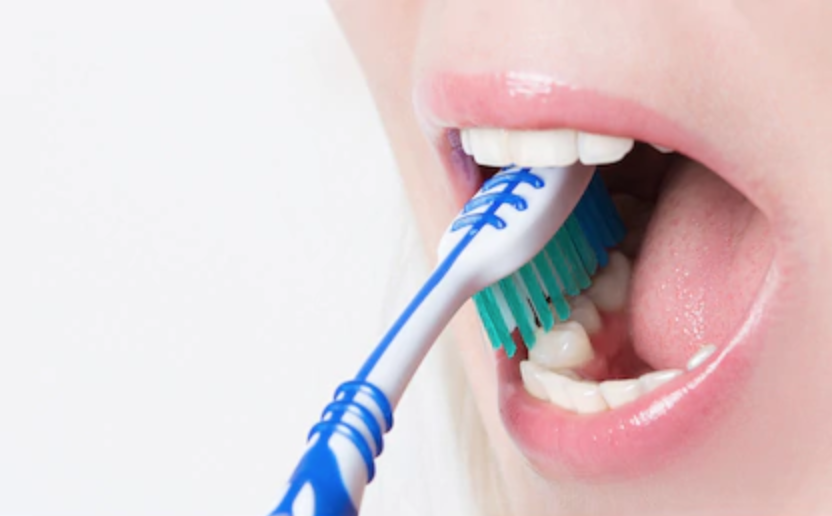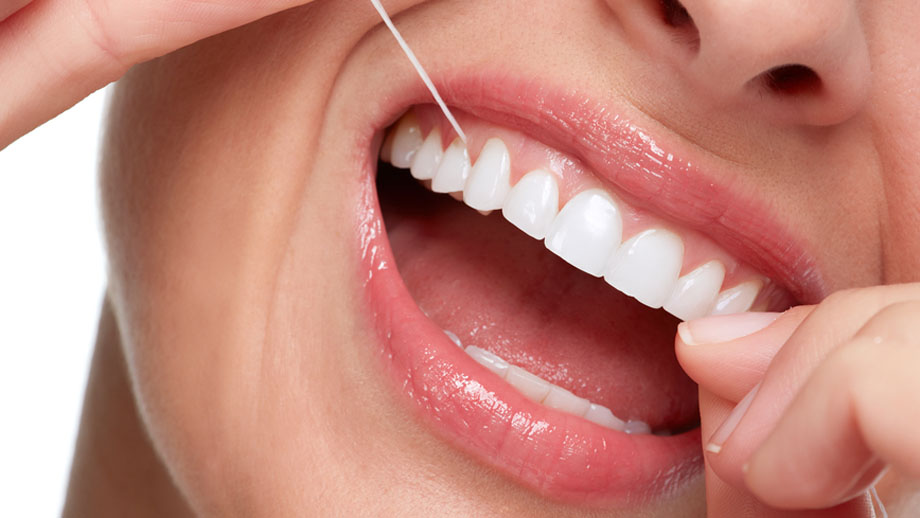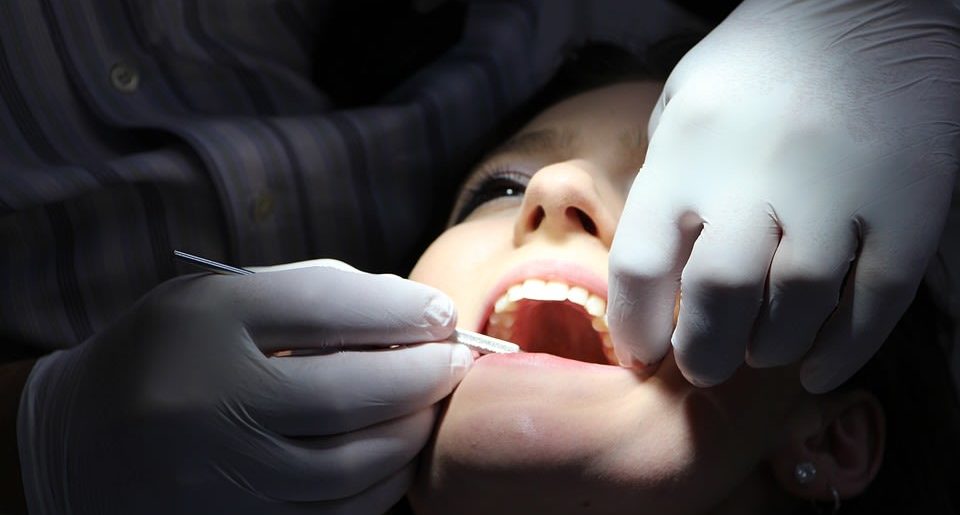Proper oral care refers to the habit of maintaining healthy teeth and gums every day. In addition to brushing and flossing, this routine also includes paying regular visits to the dentist for check-ups and cleanings and having a tooth-healthy diet.
Eating and drinking can cause acid and bacteria to build up in your mouth. But with proper dental care, the substrate produced by food that helps with the accumulation of bacteria can significantly be reduced. This can also make a huge difference in your overall quality of life because your oral health directly relates to your overall well-being.
Routine dental examinations are essential because your dentist can inspect any signs of severe health conditions common in adults. Diabetes, infections, and heart illnesses can be underlying without any visible symptoms. Regular oral check-ups can serve to implement preemptive measures to remedy minor problems before they become worse.
To ensure good oral health, here are the five steps to take in maintaining basic dental care.
Step 1: Brushing


Brush your teeth twice daily. When possible, you must brush 30 minutes after each meal to remove plaque that clings to your teeth. This way, you prevent the bacteria in plaque to produce acids, which can lead to cavities.
To brush:
- Use a soft toothbrush and place a pea-sized fluoride toothpaste over its head.
- Place the brush against your teeth at a 45-degree angle to your gum line.
- Using a small circular motion, move the brush across your teeth. Clean one tooth at a time, keeping the bristles against your gum line and allowing them to reach the spaces between your teeth.
- Brush the chewing surfaces of your teeth, making your way into the crevices and grooves.
- Brush your teeth for two minutes.
- Replace your brush when its bristles are worn out or every three months.
Step 2: Flossing


Floss your teeth daily, preferably at night. Flossing will remove food and plaque in areas your toothbrush can’t reach.
To floss:
- Take out about an 18-inch strip of your floss. Twine it around your two middle fingers, leaving an inch open for flossing.
- Floss your top teeth first, followed by the bottom. Use your index fingers to push it between your teeth.
- Don’t push too hard to avoid injuring your gums.
- Floss your teeth in an upward and downward motion against your tooth and around your gum line. Make sure that the floss forms a C-shape as you floss every tooth and behind the back teeth.
- Use the clean parts of the floss when necessary and wind the used floss around your fingers.
But if wrapping floss around your fingers is not for you, you can use pre-threaded flossers, dental picks, water flossers, wooden plaque removers, or interdental brushes. All these alternatives are also effective at flossing.
Step 3: Mouth rinsing


Rinsing your mouth with an antibacterial mouthwash will help minimize the bacteria that cause plaque, tartar, bad breath, and gum disease. Also, use a mouthwash that has fluoride to prevent tooth decay. It would be best to opt for mouthwashes that contain both antibacterial components and fluoride.
To rinse, you must swish the mouthwash in your mouth for at least 30 seconds after every brushing and flossing.
Step 4: Eating right


What you eat will affect your dental health. You can eat various foods, but you should avoid those that contain plenty of starches and sugar because these types of food will produce lots of acids in your mouth. The longer the acid stays in your mouth, the more it will damage your tooth.
Snacking on starchy and sugary foods is the main culprit that leads to tooth decay since most people don’t brush their teeth after having a snack. Unless you have a habit of brushing your teeth every after snack, avoid snacking on sugary gum, candies, cakes, cookies, dried fruits, chips, and crackers.
Instead, opt for snacks rich in calcium and phosphorus, such as yogurt and cheese, because these foods can help repair your tooth enamel. Other tooth-friendly snacks you can opt for include carrots, almonds, celery, and apples.
In addition to great snacks, you should also pay attention to your beverages. Water is always the healthiest because it does not contain sugar. Most importantly, water will quench your thirst.
Step 5: Scheduling regular dental check-ups


A visit to a dental clinic at least twice a year can help you achieve and maintain good oral health. Depending on your care needs, your dentist may recommend dental cleanings every six to nine months. In between cleanings, you may also need to undergo routine examinations to monitor your oral health. These include a complete oral examination and panoramic X-ray. If your dental X-ray shows signs of decay, then extractions, fillings, and other dental treatments may be recommended.
Caring for your oral health is important in managing your overall well-being. Aside from proper brushing and flossing, rinsing with an antibacterial and fluoride mouthwash, and eating right, you must visit your dentist regularly – not just when you feel pain or any discomfort in your mouth. More importantly, use the right oral care products that suit your specific needs.





